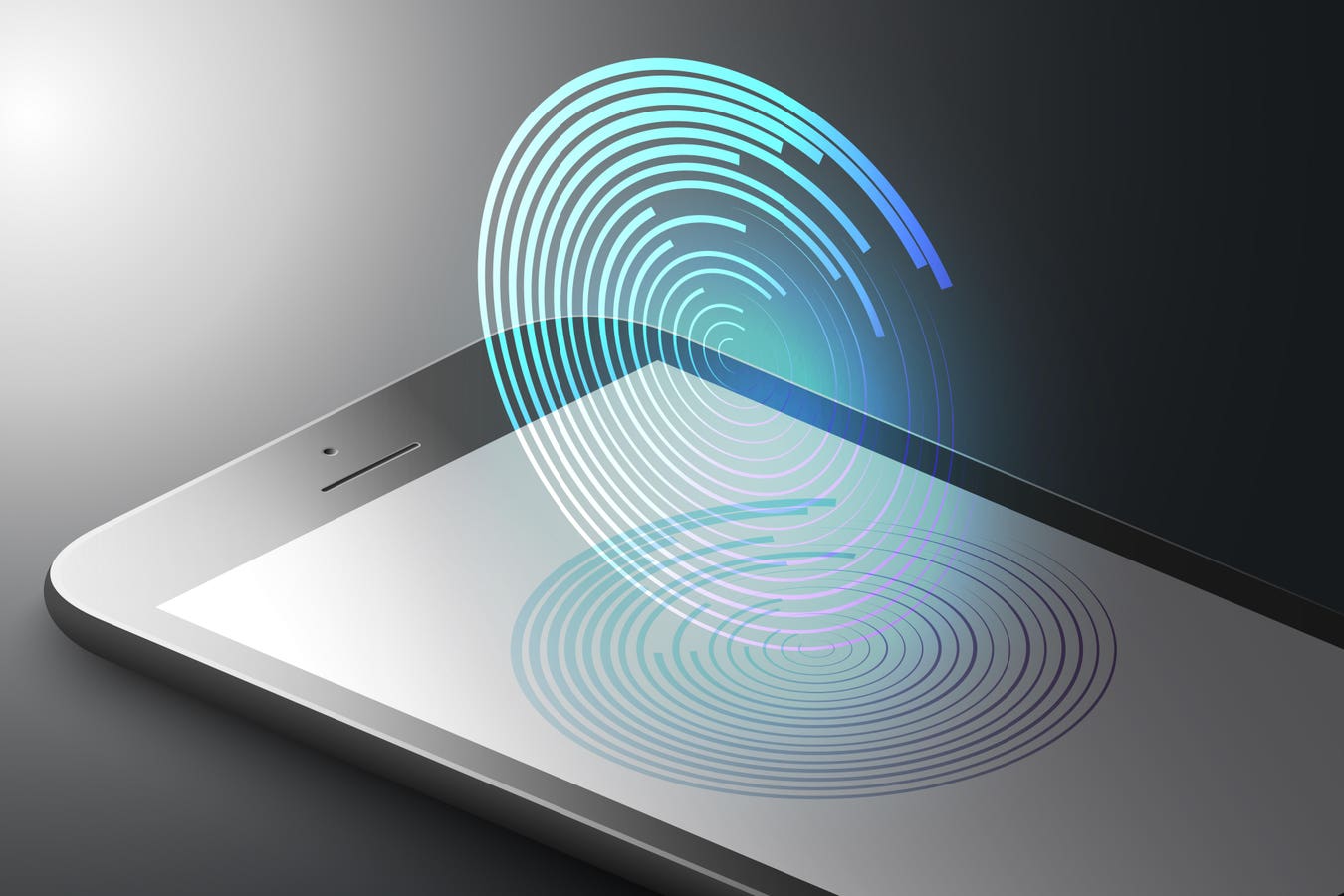Augmented reality marketing concept. Black color smart phone with colorful circles in minimalistic… [+] style. AR application background. 3D vector illustration
Augmented reality (AR) is already impacting social media – and its done so for years now. In fact, it seems like AR is taking over the most popular social networks in the world – Facebook, Instagram, Snapchat – and new AR technology is introduced all the time. the big question is though, how will it continue to impact social media? Brands and marketers in particular need to know these answers if they are going to be at the forefront of AR in social media and find new ways to boost their sales.
So, is augmented reality the future of social media? And how will it affect brands and marketers?
Augmented reality is often confused with virtual reality, but the two are quite different technologies. While sure, there are certain similarities, virtual reality implies creating a whole new world from scratch – a simulation of the real and the imagined world, whether it’s going back in time to walk with dinosaurs in realistic landscapes, or travelling to an imagined future where nothing feels familiar.
Augmented reality on the other hand, takes the real world and projects virtual, computer-generated augmentations to it, in order to enhance our experiences.
Like when you can see the world around you from your phone camera, along with Pokemons running around.
Or when you take a picture of yourself with a virtual top hat and a moustache to share with your friends and followers.
Or when a healthcare professional can better explain their work to their patients with interactive 3D projections.
While many still see augmented reality as a means for harmless fun, whether it’s a cute little game or an exciting photo filter, the potential for this technology is absolutely amazing – it’s already disrupting numerous industries, including healthcare, education, navigation, manufacturing, marketing and so many more. And, of course, it will continue to do so at a very rapid rate as the technology evolves and it becomes more accessible.
When it comes to social media, it’s already quite clear that AR and social work very well together.
The question is, how will this change in the future? Will AR have an even bigger impact on social media as AR evolves?
London, UK – August 02, 2018: The buttons of Snapchat, Facebook, Instagram, WhatsApp and Youtube on… [+] the screen of an iPhone.
AR is already closely intertwining itself within social media, in large part due to Snapchat. In fact, much of AR’s popularity is due to Snapchat, although Pokemon Go has certainly had its own great impact:
Snapchat has found multiple ways to implement AR in ways that felt organic to its users, instead of forcing AR down people’s throats; and even if in the past year or so Snapchat has certainly had its share of issues and it’s still losing users, it’s not because of the AR technology that it is happening.
In fact, it’s largely because other popular social networks like Instagram are adapting Snapchat’s features to their own platforms.
And it’s not just Instagram and Snapchat who are using AR to enhance the user experience, but Facebook too. In fact, the platform recently introduced the so-called Facebook AR Studio, a very powerful tool for developers and artists who want to build their own interactive Facebook camera experiences – and soon, they’ll also have access to other Facebook products like Instagram and Facebook Messenger.
Conceptual background of Artificial intelligence , humans and cyber-business on programming… [+] technology element ,3d illustration
Considering how much AR is a part of social media today, the answer feels very obvious: augmented reality will continue to be a huge part of our everyday lives, including, of course, social media.
And no-one will rejoice in this more than brands and marketers who will have new ways to promote themselves and their products or services in unique, exciting and engaging ways:
Augmented reality already is heavily linked to social media because of Snapchat and more recently, Instagram and Facebook. Plus, these top social networks are very much encouraging people to not only use their AR features as much as possible, but even to create their own AR experiences by giving the tools they need to build AR camera lenses and effects.
Brands, too, are starting to embrace this technology more and more, but the biggest changes will likely come when the technology becomes more accessible –
the days when most consumers will try out products using their cameras via a Facebook Page are right around the corner.
